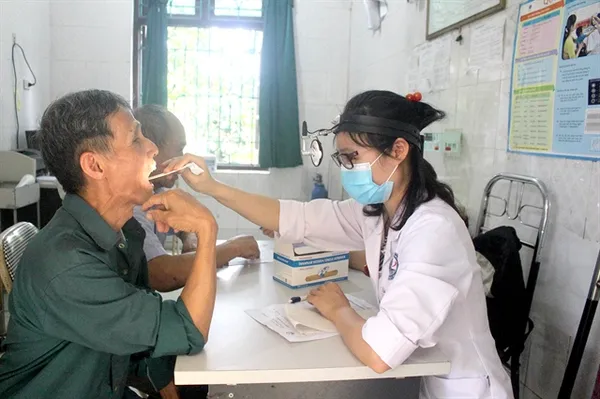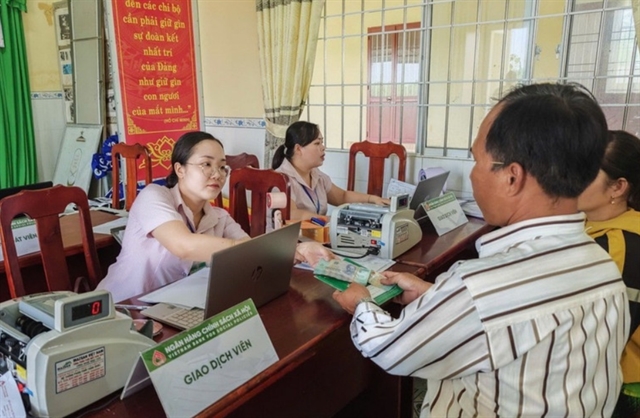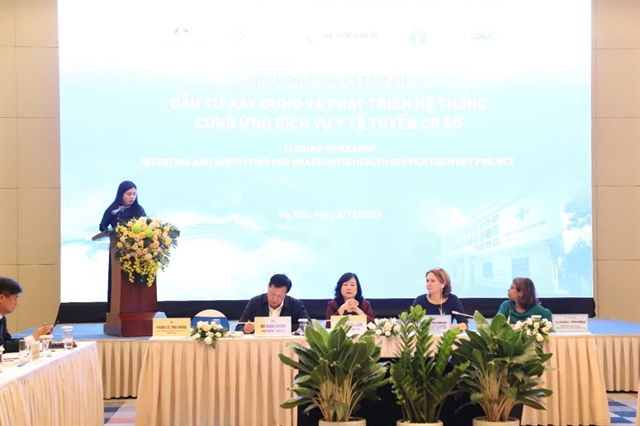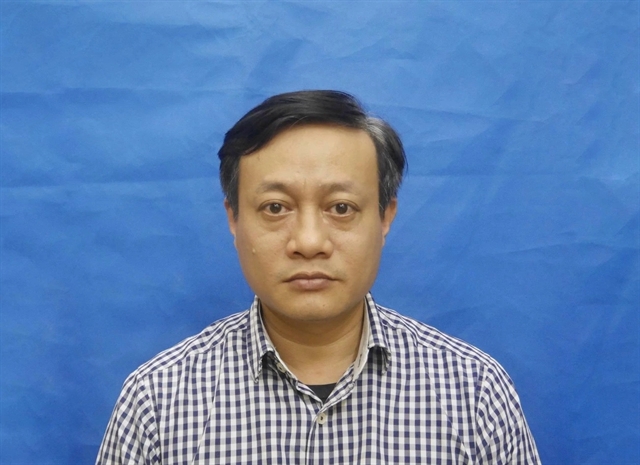 Opinion
Opinion

 |
| Health officials and international experts at the closing workshop of "Investing and Innovating for Grassroots Health Service Delivery Project." — Photo baochinhphu.vn |
HÀ NỘI — Thousands of grassroots medical facilities have been upgraded to ensure access to primary healthcare services.
In total, more than 460 commune-level health stations and 14 district-level health centres have been built under the World Bank-backed project "Investing and Innovating for Grassroots Health Service Delivery", while 1,703 health stations were provided with standard medical equipment to match local demands.
Meanwhile, 97 per cent of healthcare staff at commune-level stations have had training to improve their professional capacity.
Speaking at the project’s closing workshop on Friday, Minister of Health Đào Hồng Lan said that this project is proof of international cooperation efforts to enhance the capacity and effectiveness of the grassroots healthcare network.
The health network is considered a priority to help Việt Nam realise its goal of universal healthcare cover and sustainable health development goals, within the current limited resources.
The project was carried out across 13 economically disadvantaged provinces across the country: Hà Giang, Bắc Kạn, Sơn La, Yên Bái, Hòa Bình, Quảng Bình, Quảng Trị, Quảng Ngãi, Trà Vinh, Ninh Thuận, Hậu Giang, Bạc Liêu, and Long An.
The project is significant to the healthcare sector and particularly the grassroots healthcare network of these localities. It also boasted a high disbursement rate of 90 per cent with only a small amount of remaining loan funds, mainly due to changes in exchange rates.
Dr Phan Lê Thu Hằng, director of the Central Project Management Unit, said that this project is very different from other health projects funded by the ODA (official development assistance). Instead of allocating funds using mechanisms of the state budget, the participating provinces adopted a re-loan mechanism.
These localities take on the role of the investor of the sub-projects in their areas, carrying out all the major investment activities.
The project had faced obstacles during the preparation and implementation process, particularly the COVID-19 pandemic.
However, despite being interrupted for nearly two years, the project met its deadline and brought positive results to grassroots healthcare services, notably the implementation of quality checklists, educational healthcare campaigns and health screening advocacy.
The World Bank considered Investing and Innovating for Grassroots Health Service Delivery Project to be the best-performing among its health projects in Việt Nam, despite the challenging context in which it was carried out. — VNS



